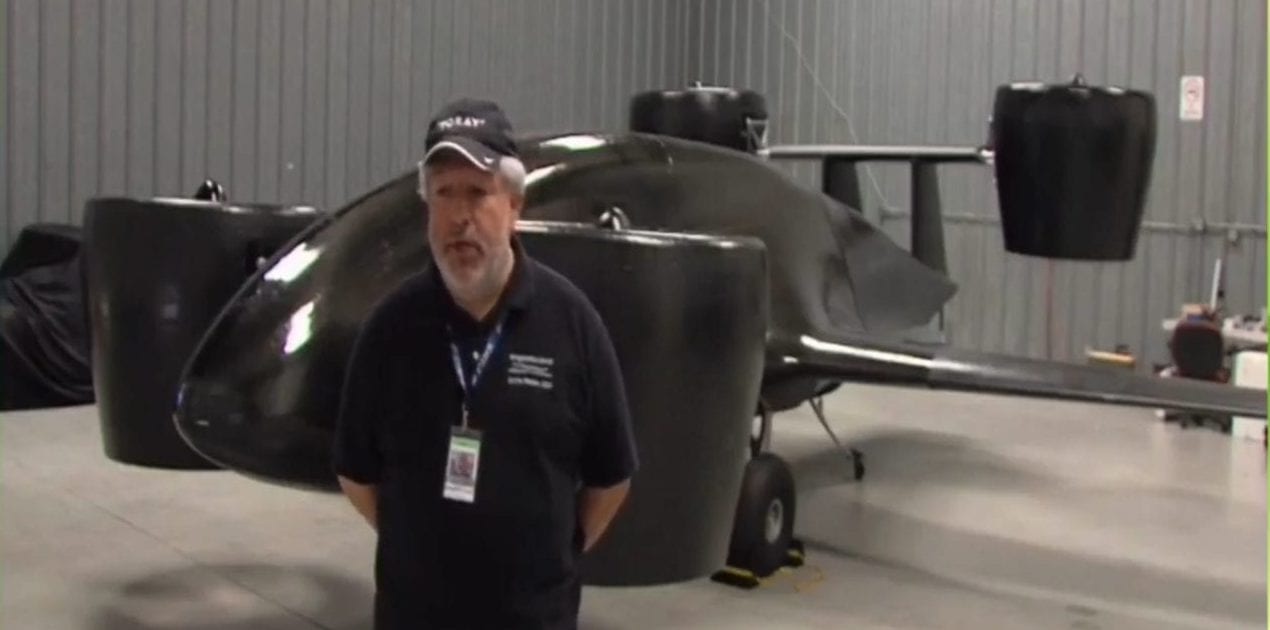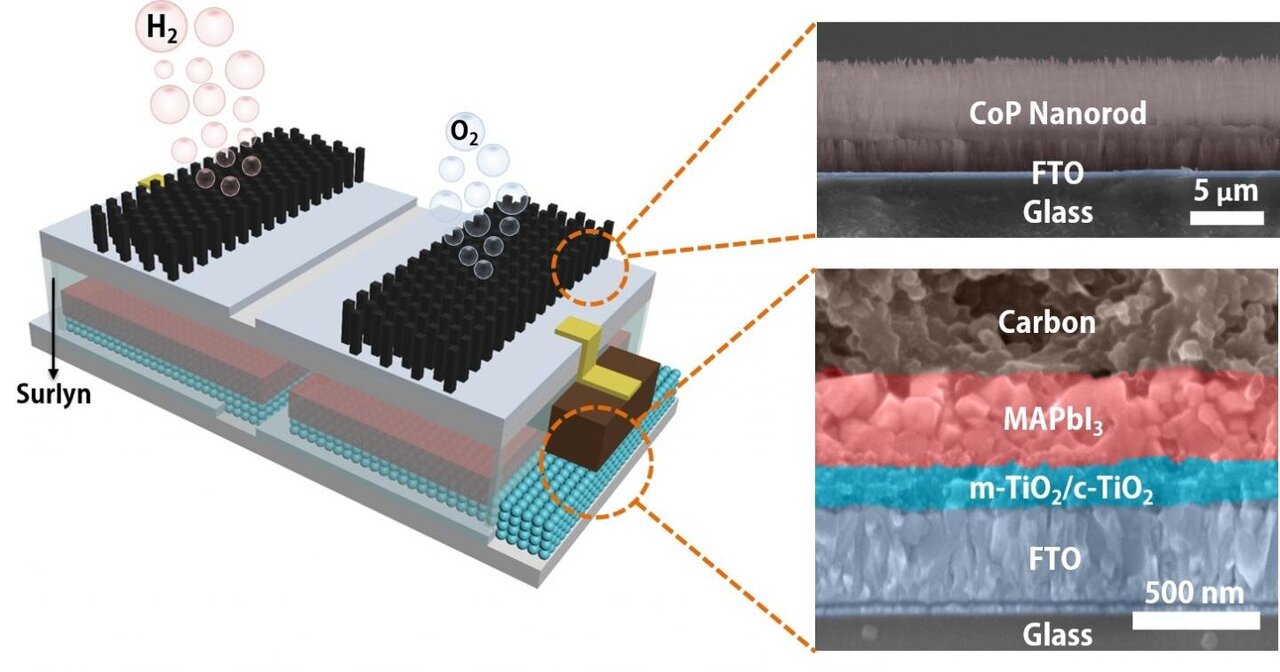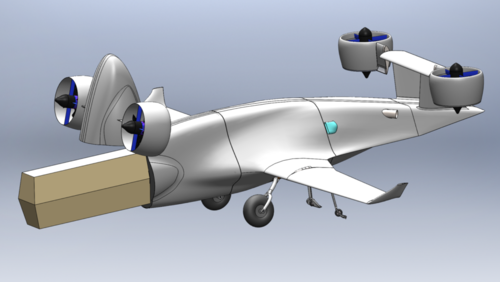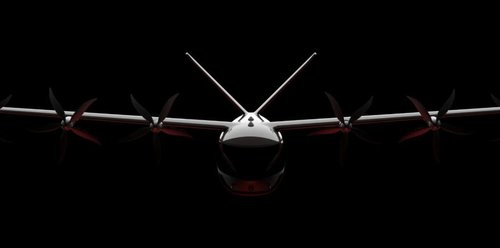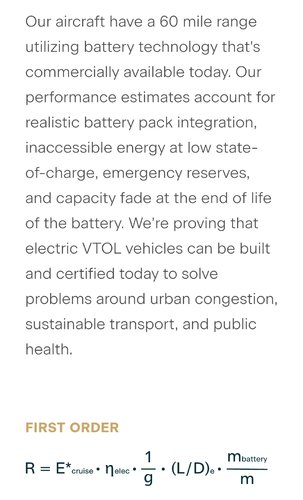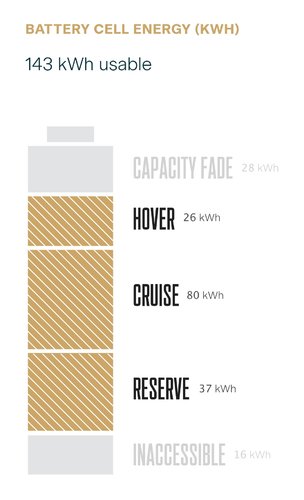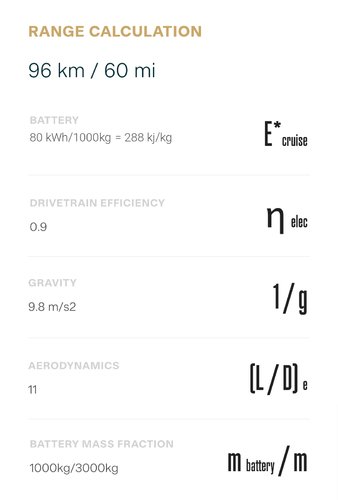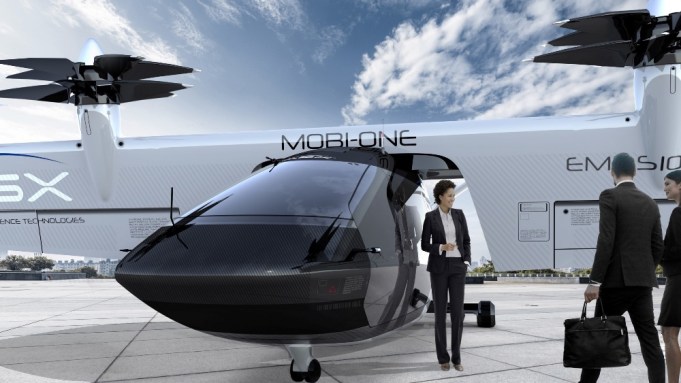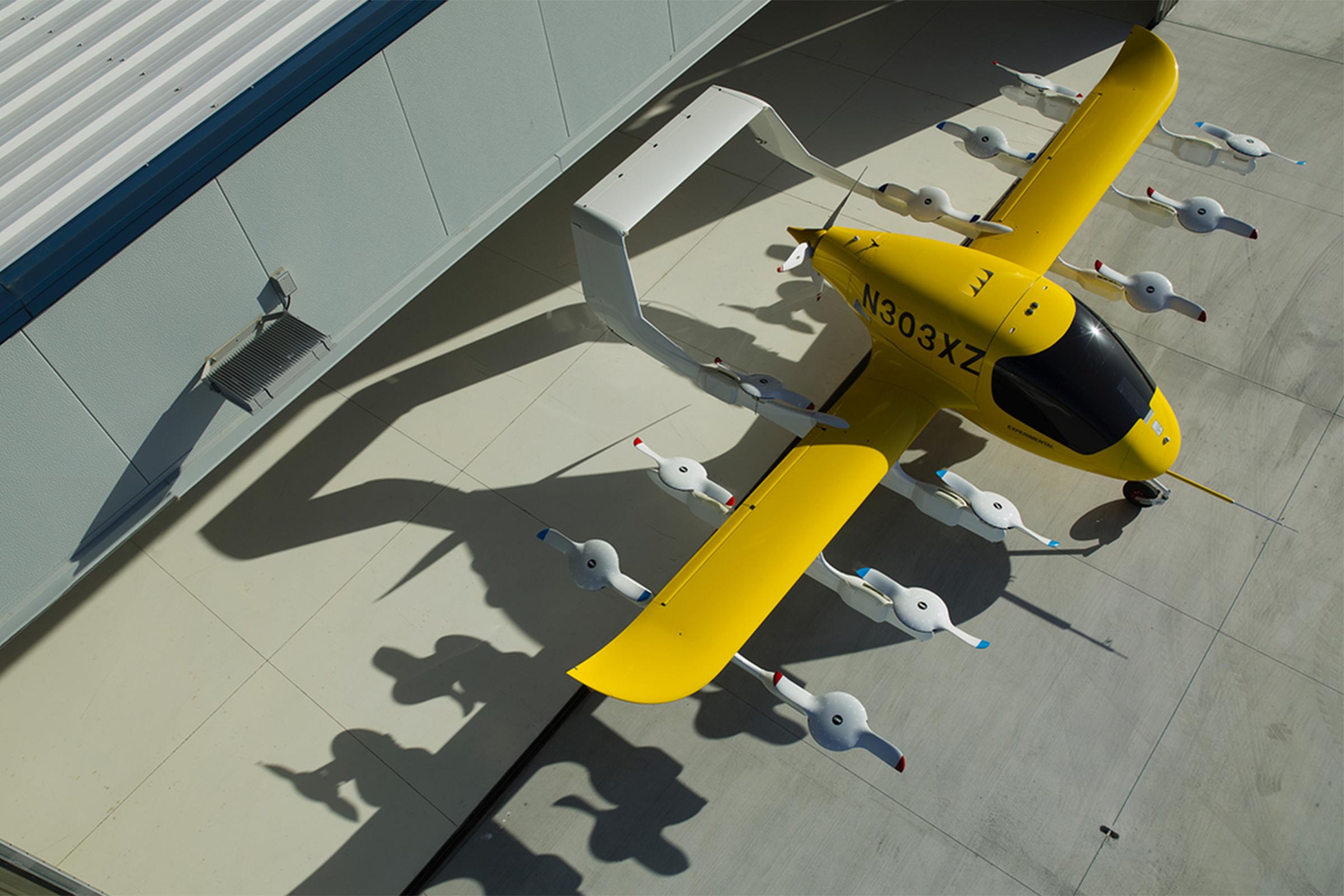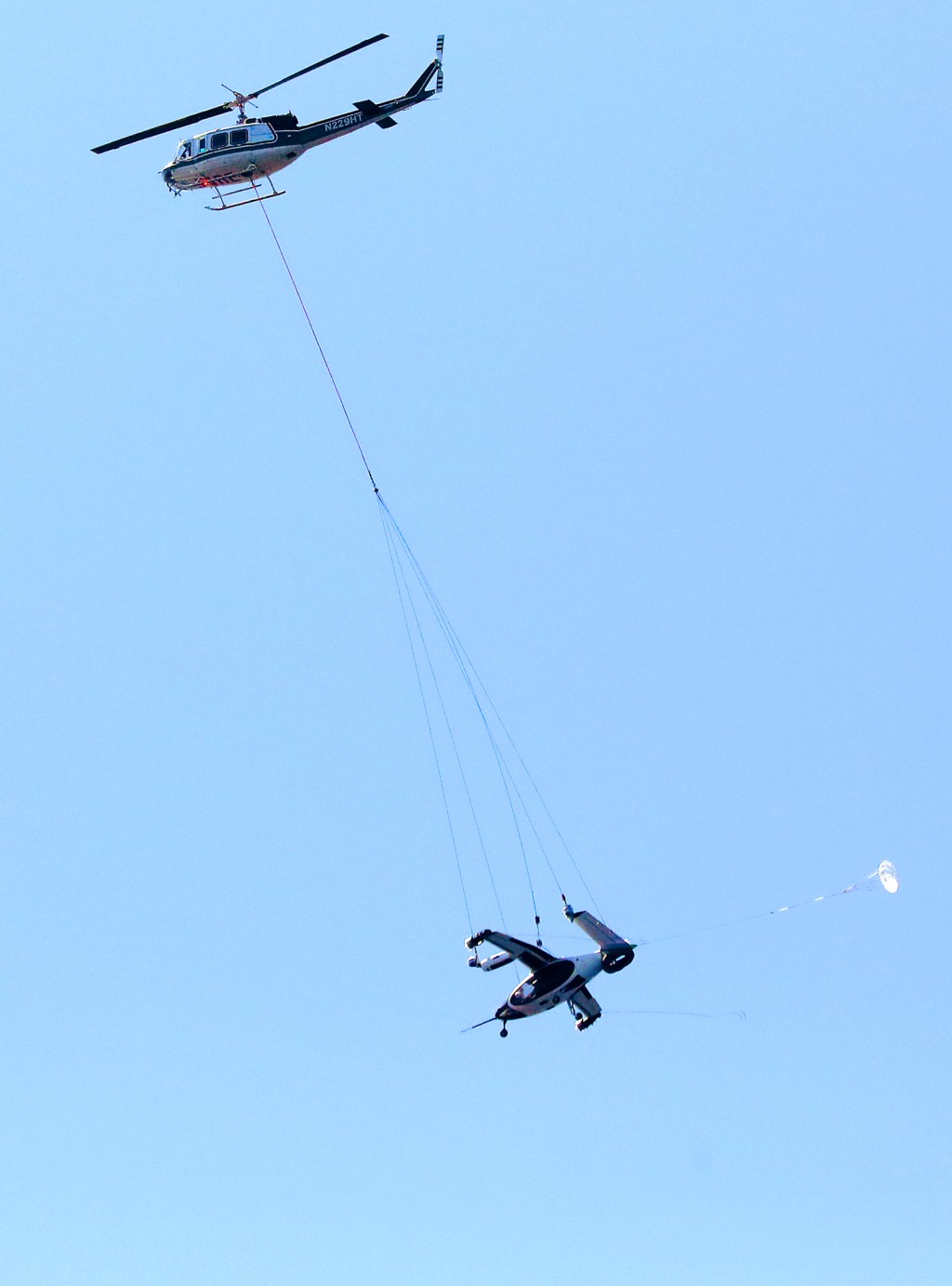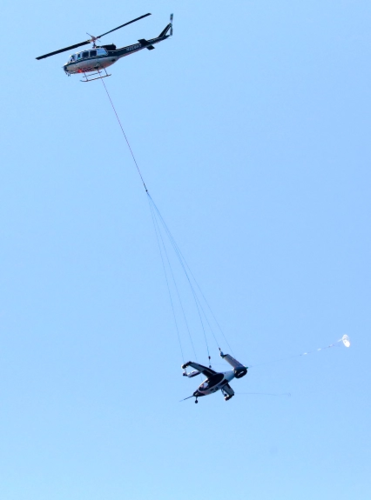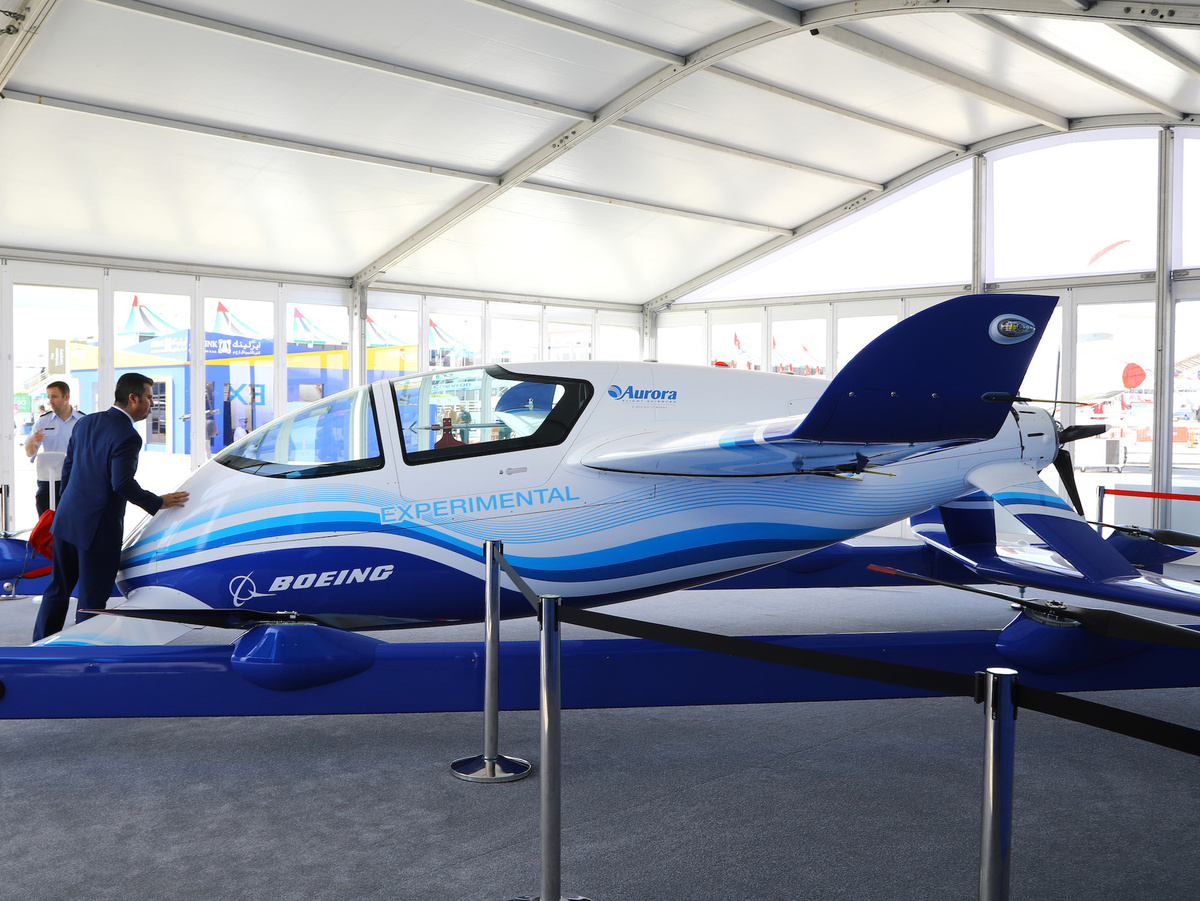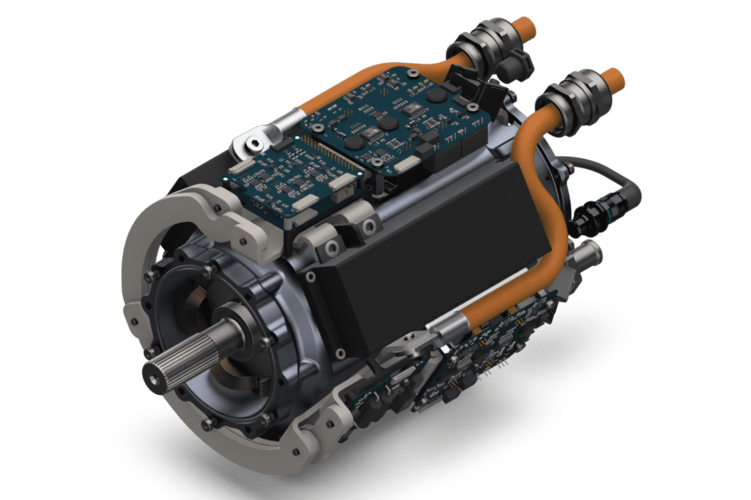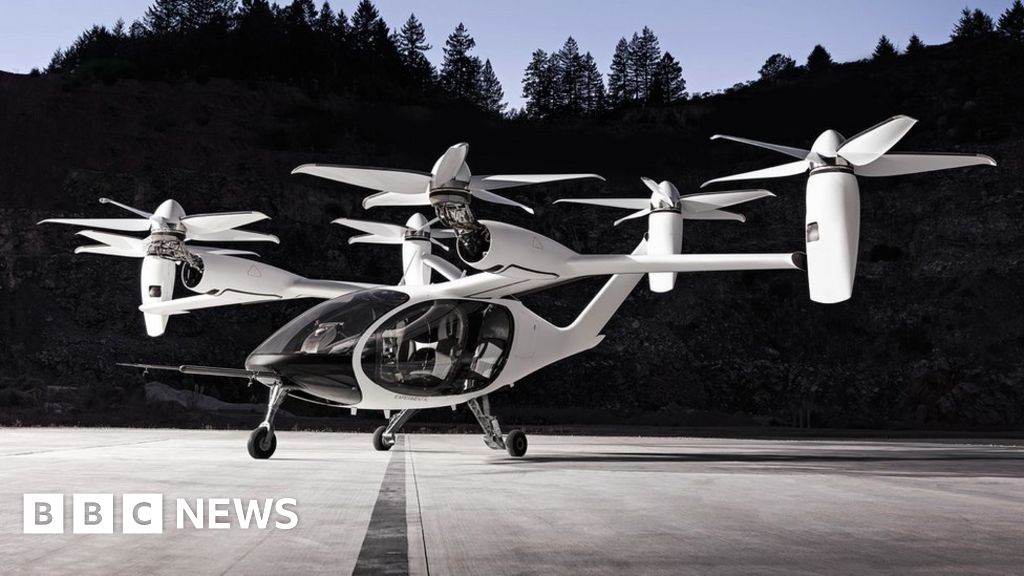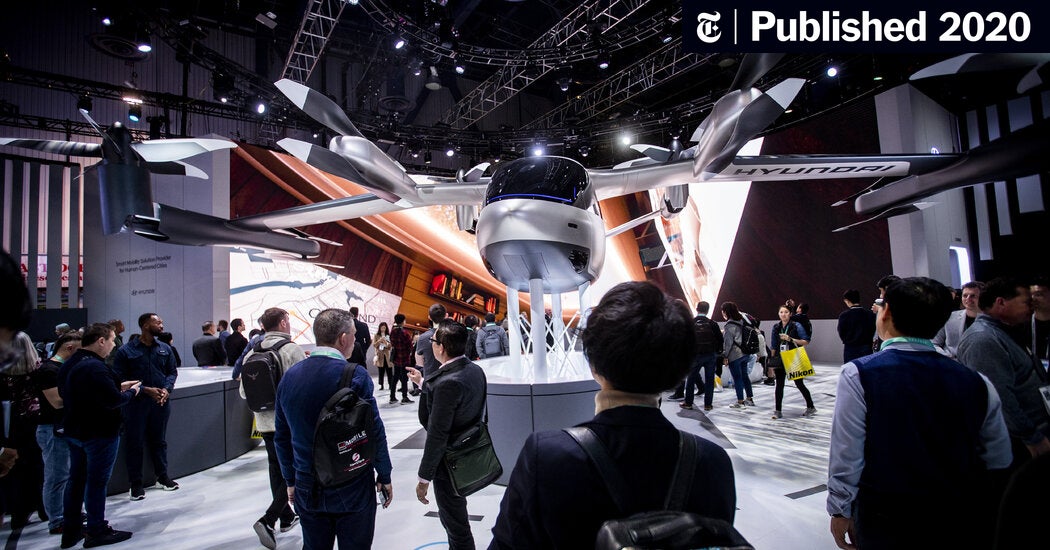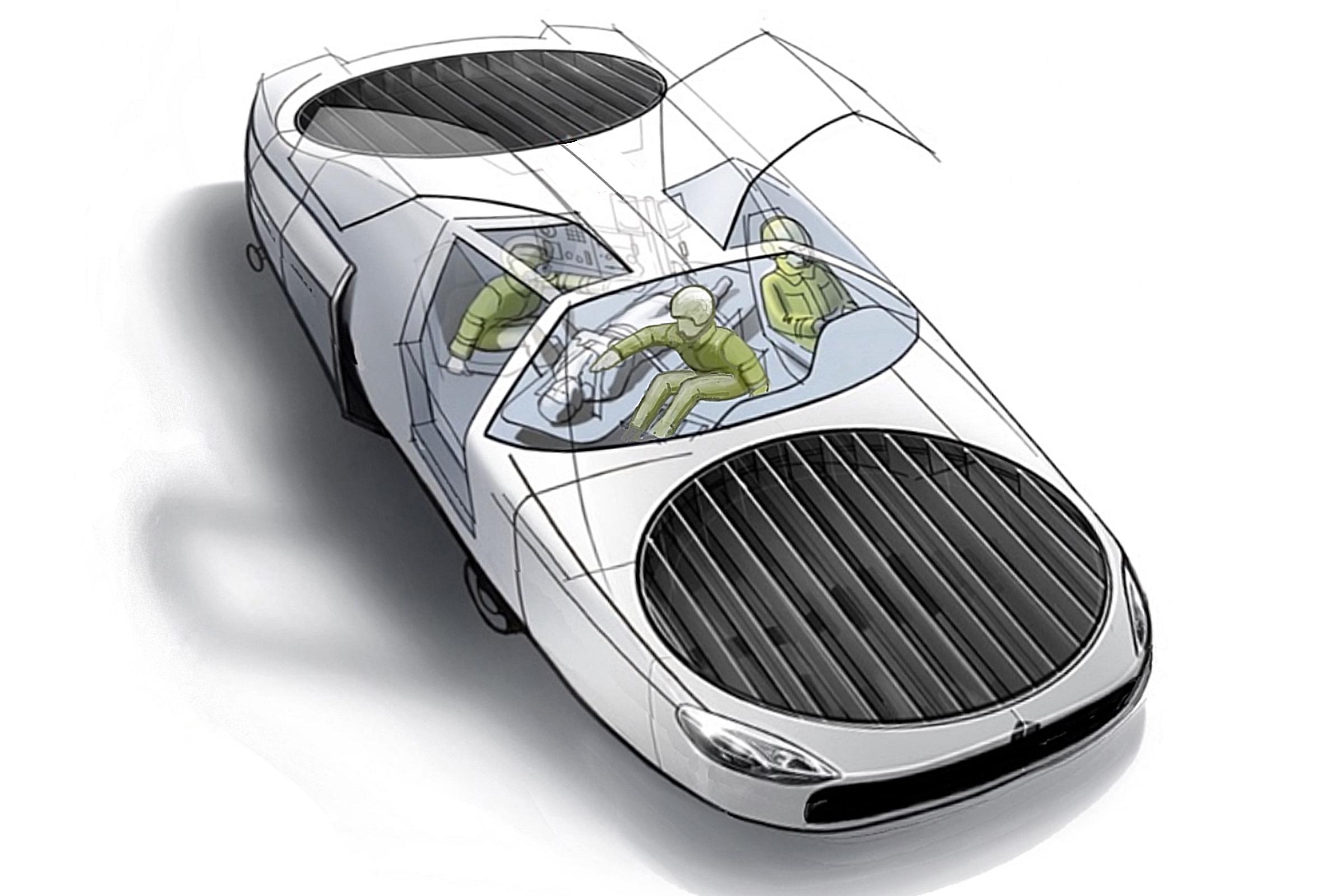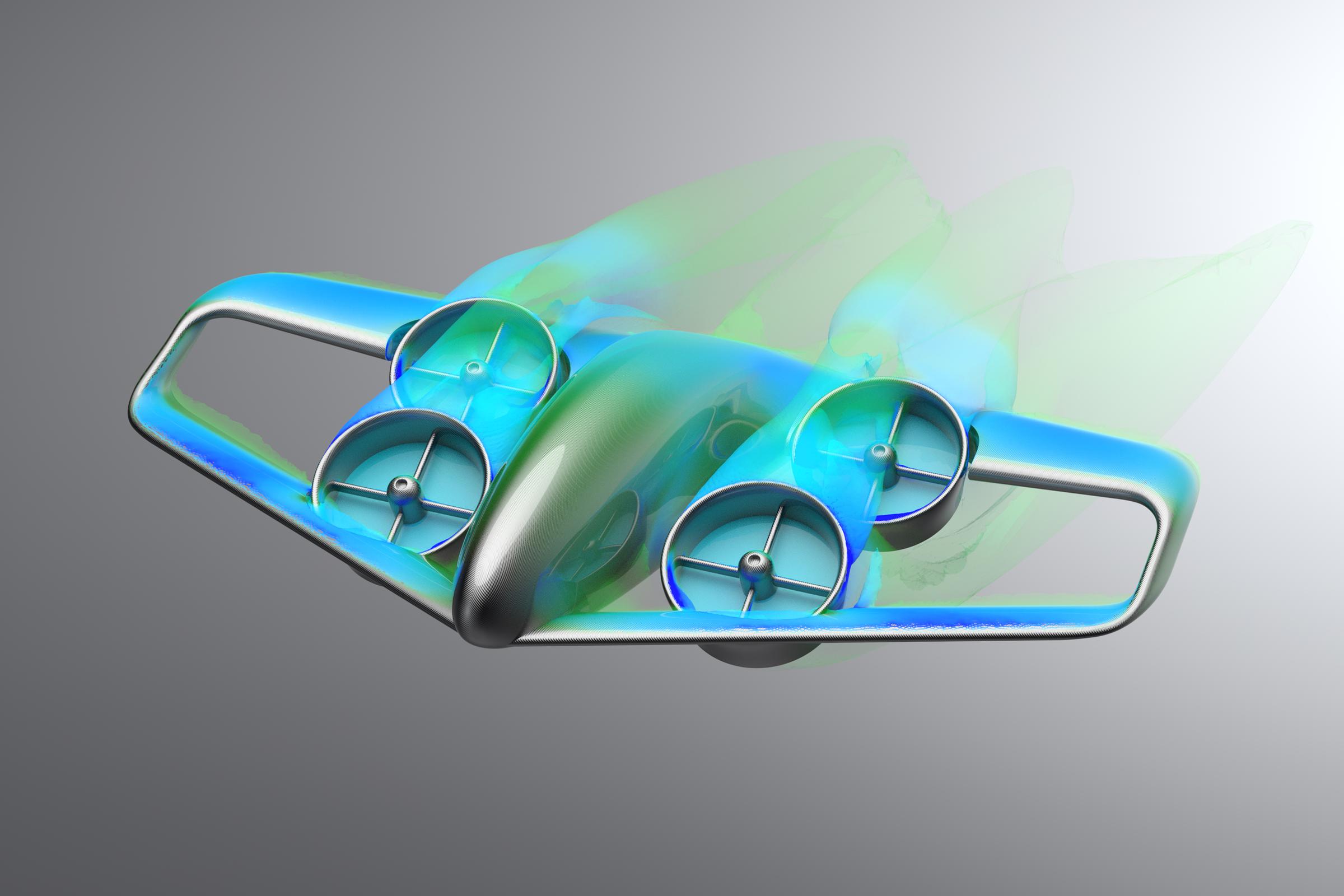They are simply yielding the industry in order to prevent a full move of it in non-allied countries and not repeat what did happen with the micro-drone industry.
They certainly have identified a cross-systems synergistic model where knowledge originating from one side can be transfered to the other to the ultimate benefit of the military.
In more simple terms (my bad), they might believe that if that industry matures, it will impact how the US Air Force conducts its mission.
They certainly have identified a cross-systems synergistic model where knowledge originating from one side can be transfered to the other to the ultimate benefit of the military.
In more simple terms (my bad), they might believe that if that industry matures, it will impact how the US Air Force conducts its mission.

